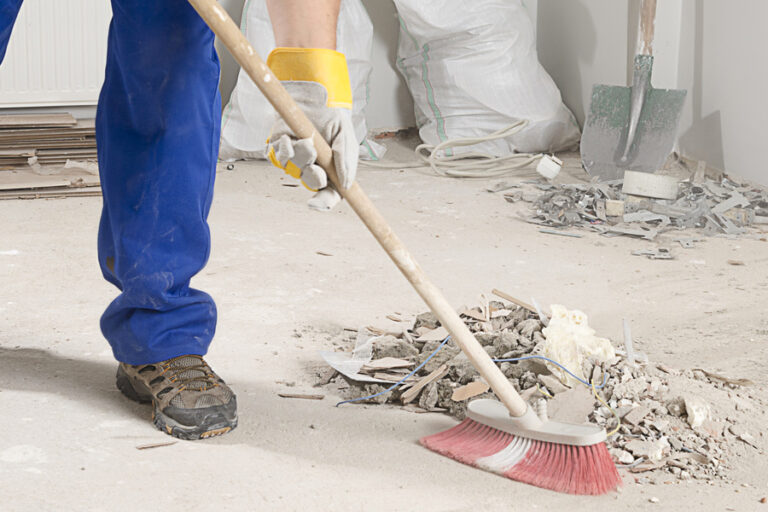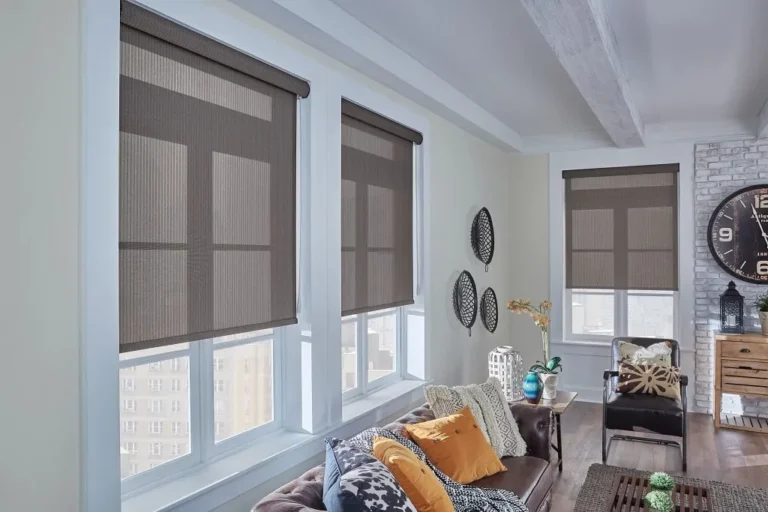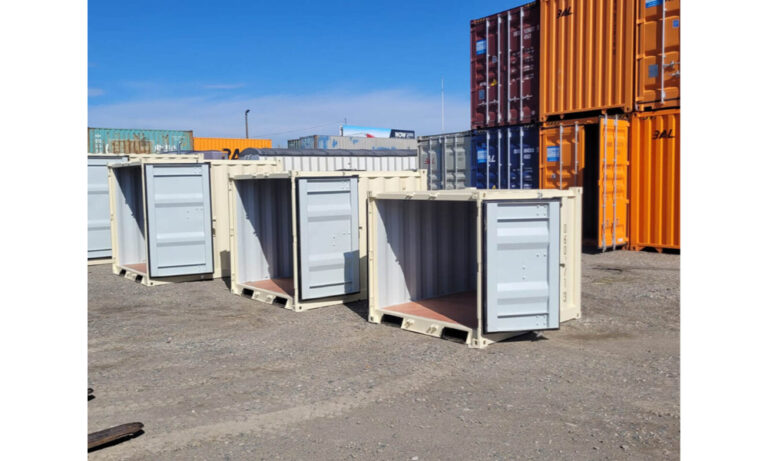The completion of a renovation project brings both excitement and an overwhelming mess that few homeowners anticipate. Post renovation cleaning services in Singapore address the formidable challenge of transforming a construction zone back into a habitable living space. The dust that coats every surface, the stubborn paint splatters on tiles, and the construction debris lodged in impossible corners all demand attention that goes far beyond routine housekeeping.
Understanding the Post-Renovation Challenge
Construction work leaves behind a distinctive type of dirt that differs fundamentally from everyday household grime. Cement dust possesses an almost insidious quality, settling into textiles, penetrating closed cabinets, and forming a film on surfaces that resists casual cleaning attempts. Paint residues bond tenaciously to unintended surfaces, while adhesive marks from protective coverings prove surprisingly persistent. The sheer volume of debris generated by even modest renovations can overwhelm homeowners who underestimate the cleanup requirements.
Singapore’s climate adds another layer of complexity to post-renovation cleaning. High humidity causes certain construction materials to react differently than they might in temperate regions. Plaster dust absorbs moisture from the air, creating a paste-like residue that standard dry dusting cannot address. Grout haze on newly laid tiles becomes more challenging to remove as humidity affects its chemical composition. These environmental factors make professional intervention not merely convenient but often necessary.
The Professional Cleaning Process
Post renovation cleaning services in Singapore follow systematic protocols designed to maximise efficiency while ensuring thoroughness. The process begins at the highest points and progresses downward, preventing cleaned areas from becoming contaminated by falling debris. This methodical approach reflects an understanding that shortcuts inevitably lead to repeated work and unsatisfactory results.
The initial phase focuses on removing large debris and construction materials that contractors may have left behind. This stage reveals the true extent of the cleaning challenge. What follows involves several distinct operations:
- Ceiling and wall cleaning to remove dust accumulation and surface marks
- Light fixture cleaning and sanitisation of switches and outlets
- Window washing including frames, tracks, and glass surfaces
- Floor treatment specific to material type and condition
- Deep cleaning of bathrooms and kitchens including all fixtures and fittings
- Cabinet interior cleaning and drawer sanitisation
- Final inspection and touch-up of any missed areas
Specialised Techniques for Different Surfaces
Different materials require distinct cleaning approaches, a reality that professional post renovation cleaning services in Singapore understand intimately. Hardwood floors demand gentle methods that remove construction grime without abrading the finish or leaving moisture damage. Tiles need aggressive grout cleaning followed by polishing to restore their intended appearance. Glass and mirrors require streak-free cleaning that removes both dust and any chemical residues from nearby construction work.
According to experienced cleaning professionals in Singapore, “The most common mistake homeowners make is using incorrect cleaning agents that either fail to remove construction residue or damage newly installed materials.” This observation highlights the technical knowledge required for effective post-renovation cleaning. Acidic cleaners suitable for natural stone can damage engineered surfaces, while alkaline products effective on cement residue may harm certain finishes.
The Dust Problem
Dust removal represents perhaps the most underestimated aspect of post-renovation cleanup. Construction dust consists of fine particles that ordinary household vacuum cleaners cannot capture effectively. These particles become airborne with the slightest disturbance, settling again moments after cleaning appears complete. Professional Post renovation cleaning services in Singapore employ HEPA-filtered vacuum systems that trap particles as small as 0.3 microns, genuinely removing dust rather than redistributing it.
The health implications of construction dust extend beyond temporary discomfort. Silica dust from cutting tiles or concrete can pose respiratory risks, while wood dust from carpentry work may trigger allergic reactions. Chemical residues from paint, sealants, and adhesives contribute to indoor air quality issues that proper cleaning must address. These concerns particularly affect Singapore’s high-density housing, where inadequate cleanup can impact neighbouring units through shared ventilation systems.
Timing and Efficiency
The timeline for professional cleaning varies based on property size and renovation scope. A standard three-bedroom HDB flat typically requires eight to twelve hours for comprehensive post-renovation cleaning, though extensive renovations may demand longer. Efficiency matters not only for homeowner convenience but also for practical reasons related to material protection. Certain construction residues become more difficult to remove as time passes, making prompt cleaning advisable.
Many post renovation cleaning services in Singapore now offer guaranteed turnaround times, reflecting increased market competition and rising consumer expectations. These guarantees provide homeowners with certainty during the already stressful period following renovation completion. The ability to schedule furniture delivery and plan move-in dates depends substantially on reliable cleaning timelines.
Beyond Surface Cleaning
Comprehensive post-renovation cleaning addresses details that casual observation might miss. Air conditioning vents harbour surprising amounts of construction dust that will circulate through the home if not properly cleaned. Kitchen appliances require both external cleaning and internal inspection to remove any dust infiltration. Wardrobes and storage spaces need thorough vacuuming before homeowners unpack clothing and belongings.
The final result of professional cleaning should render the renovated space immediately liveable. Surfaces should feel clean to the touch, not merely look acceptable from a distance. Windows should provide unobstructed views rather than dulled transparency. Floors should shine appropriately for their material type without sticky residues or dull films.
The investment in thorough cleanup protects the larger investment made in renovation itself. Proper cleaning prevents premature wear of new materials and ensures that the renovated space delivers the aesthetic and functional improvements that motivated the project. For Singapore homeowners ready to enjoy their newly transformed living spaces, engaging professional Post renovation cleaning services in Singapore provides the essential bridge between construction completion and comfortable occupancy.











